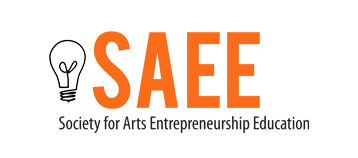Home > JAEE > Vol. 3 > Iss. 1 (2022)
Abstract
Many arts organizations struggle to find long-term financial sustainability.1 There are limited opportunities to build sustainable infrastructure and sources of long-term funding as organizations grow.2 Such risks are particularly challenging for organizations beyond the early startup phase that garner excitement and novelty. Single Carrot Theatre followed a traditional path of establishing a central theatre space for their operations, but unfortunately it created financial strain on the organization that almost resulted in permanent closure. With an established culture of innovation and a focus on artistic decision making, the company decided to implement an innovative organizational and artistic pivot. The company has successfully refined their mission to focus on site-specific and community-based theatre making. Although there were problems with public relations and limiting the perceived image of failure, the company was able to successfully retain a large portion of their patrons. Their nomadic structure lessened financial burdens, created an opportunity for new partners and funding sources and reestablished the company's unique brand of innovative theatre making. Early evidence suggests a recommitment of key stakeholders and potential for growing audiences in new ways. This case is designed to highlight how innovative arts entrepreneurs can pivot from traditional models of theatre and innovate financial success while remaining relevant and impactful to their audience.
Recommended Citation
Chin, Stephanie and Pink, Sidney
(2022)
"Instructor’s Manual: Single Carrot Theatre,"
Journal of Arts Entrepreneurship Education: Vol. 3:
Iss.
1, Article 4.
DOI: https://doi.org/10.46776/2693-7271.1017
Available at:
https://digitalcommons.memphis.edu/jaee/vol3/iss1/4


